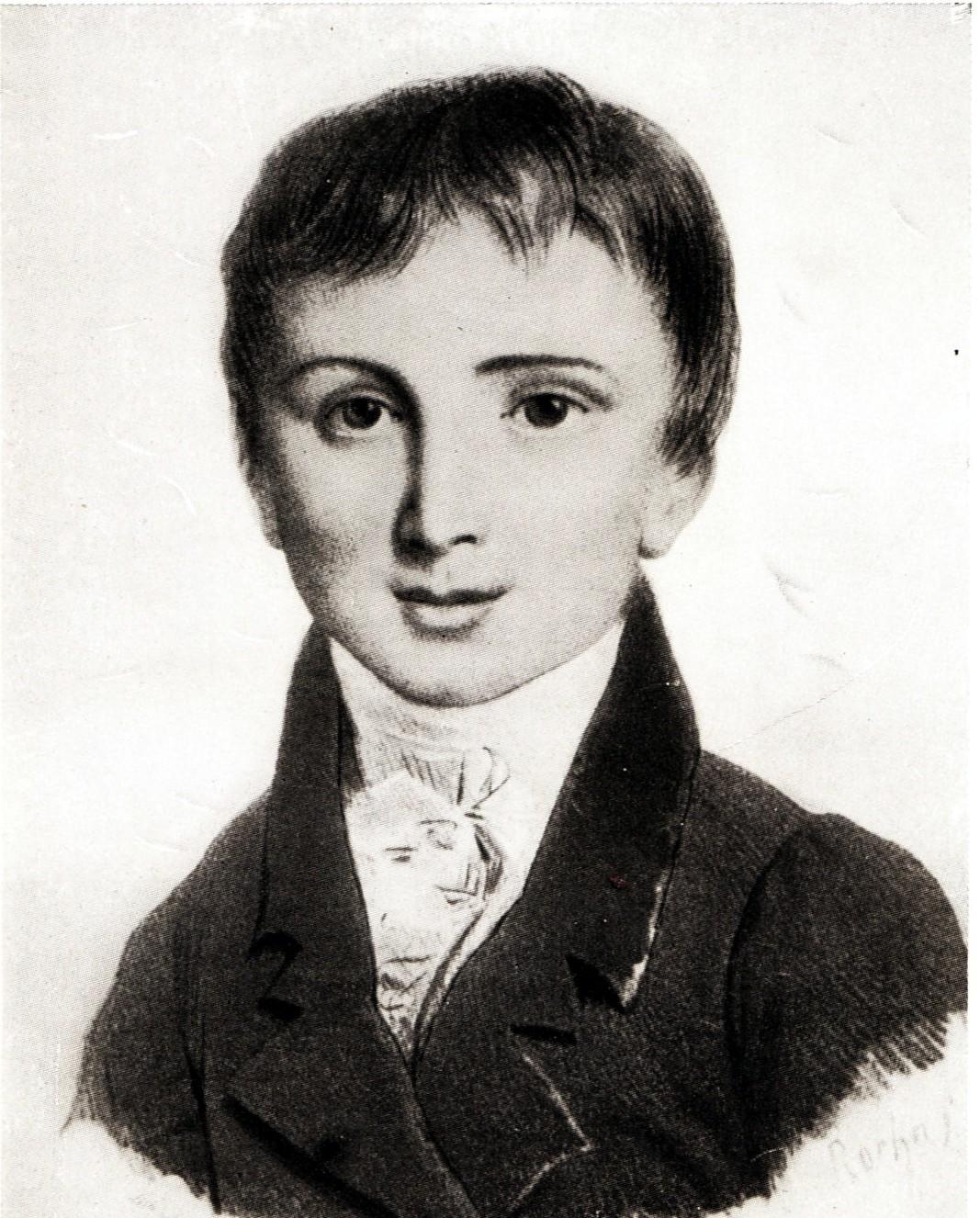


One of Europe’s celebrated virtuosos, Liszt’s radical stylistic shift and the poor reception of the late works raise an interesting topic for further study. With multiple editions of Liszt’s earlier works published during his lifetime, most of the piano music from the late period remained unpublished until the end of the first quarter of the 20th century. Liszt scholar Alan Walker claims Liszt as “one of the most revolutionary personalities in the entire history of music” and “the true father of modern music.” Considered futuristic at the time, the late works appeared visually simpler in music notation, often with dense chromaticism, harmonic dissonance, and tonally unresolved endings. The later years saw a sharp shift in Liszt’s compositional style, most notably in his “modern” application of harmony, tonality, and form. The music of the early and middle years saw a trend of virtuosity, thematic transformation, and inspiration from the elements of nature and literature. The evolution of Liszt’s compositional style is often divided into three periods: the early years, the middle years, and the late years. A pianist’s repertoire would not be comprehensive without studying the piano works of Liszt. Many of these creative innovations have remained revolutionary till this day. Liszt’s mastery in arranging and transcribing works of his own and others further contributed to the revival of old masters and promotion of living composers during his time.Īs a composer, many of Liszt’s piano compositions showcased pianistic flare and pushed the boundaries of technique, texture, and sonority of the piano and the pianist. His popularity drew large crowds into concert halls where he performed music of the past and present. A champion of the solo piano recital, Liszt’s extensive touring career brought him to major European cities from Vienna to Paris and as far as London and St. Known for his virtuosity and technical finesse on the piano, Liszt marked the beginning of the Romantic piano virtuosi in the early 19th century. A celebrated pianist, composer, teacher, and writer, Franz Liszt (1811-1886) was the leading figure in 19th century classical music.


 0 kommentar(er)
0 kommentar(er)
